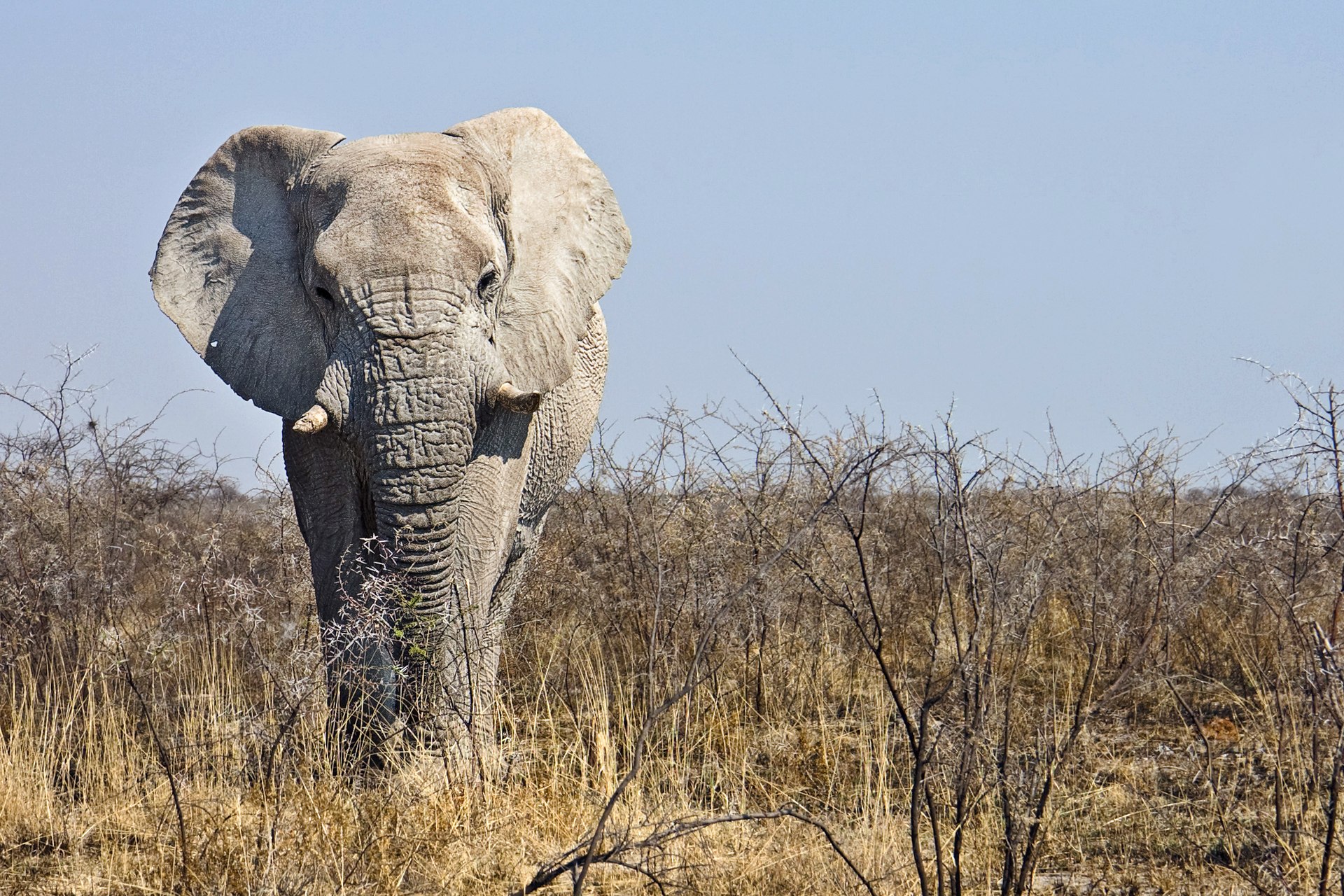| Gangetic River dolphin |
A five-year study carried out in the Sundarbans has revealed that an increase in water salinity level is threatening the river dolphin habitats. The study was periodically carried out in the lower area of the Hooghly River, which covers a span of 97 kilometers of central, eastern, and western Sundarbans between 2013 and 2016 in different seasons. At the same time, researchers measured the salinity level of water. Based on the interaction with local fishing communities, the study area was differentiated for land-based and boat-based surveys. It was discovered that "no sighting record for Gangetic dolphin in waterways whenever the salinity level crosses 10 ppt." The researchers believe that the increase in salinity in the Sundarbans' eastern and central regions has affected the dolphins' habitat. The heightened salinity level is due to hydrological changes such as decline in freshwater flow, decreased flow from barrages, run-off from neighboring agricultural lands and river water abstraction for irrigation. The rise in salinity level also appears to be favorable for Irrawaddy and Indo-Pacific humpbacked dolphins as these cetaceans can flourish in saline waters.
 |
| Hooghly River |
I find it absolutely necessary that a great deal of research is required to decrease the salinity level of the Hooghly River in order to save the habitats of Gangetic river dolphins. This includes finding and conducting measurements on increasing the flow of freshwater and barrages along the river. In addition, a great deal of measurements to be implemented on how to decrease run-off from adjacent agricultural lands and limit the abstraction of river water for irrigation. I also believe that further research studies regarding Hooghly River's water salinity is essential, in order to determine at what salinity level would all three dolphin species be able to thrive. If increase in water salinity level appears to be favorable to both Indo-Pacific humpbacked dolphins and Irrawaddy dolphins, then what will become of the river dolphins? This is why I firmly think it is highly crucial to conduct further studies on water salinity of the Hooghly River, in order to formulate solutions to prevent any further threats to the river dolphin habitats and hopefully come up with a solution as to what salinity level can all three species thrive.
View article here




